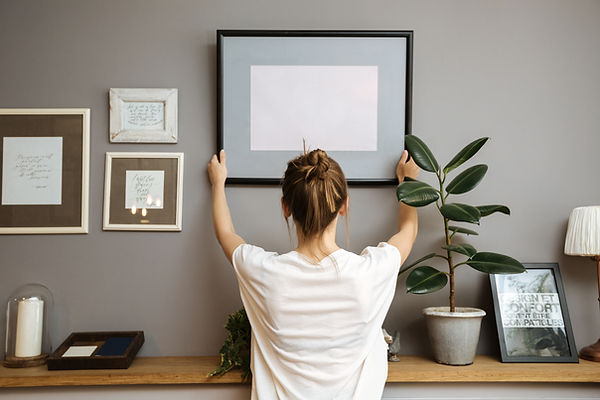
Questions?
Below are answers to your most commonly asked questions. If you cannot find your answer, give us a call at (541) 241-2157, send us a message, or email us at hello@brightmarkphoto.com
Photographic Prints for albums and small frames
Our stunning borderless prints are produced on modern inkjet printers using the latest dye-based inks and professional high-gloss photo paper, preserving those special moments in vibrant, true-to-life colors.
Fine Art Prints for wall art connoisseurs
For those seeking the utmost in quality and longevity, our fine art giclée prints are produced with a professional large-format inkjet printer using superior pigment-based inks on a choice of archival and gallery-grade papers.
Digital Scanning of photos, documents, negatives, and slides
Preserve your precious family photos forever with our digital scanning service. Utilizing a high-definition flatbed scanner, we scan photographs, documents, negatives and slides/transparencies at the highest quality, and upload the digital files online for secure and convenient download. Send us your photos and we'll get to work right away.
Corrective and Creative Photo Editing
Elevate your photos by choosing from our corrective and creative editing services. From basic brightness and contrast enhancements, through to retouching and color correction, we offer a plethora of digital enhancements using advanced Photoshop editing techniques that bring the best out of your photos and prepare them for optimal print production.
Restoration of old and damaged photos
Do you have precious family photos that are damaged or degrading? Restoring old photos is one of our favorite tasks. First, we digitize using a high-definition scanner, then we restore and enhance using advanced Photoshop editing techniques, and lastly we deliver digital files and/or reprinted photos.
Custom Framing in a variety of styles and sizes
The finishing touch to a photographic project. We source a variety of frames, handmade in the USA using only the highest quality materials, and carefully install our prints using proven hinging and sealing methods.
For more information, visit the Services section of our website
As a family-first business that savors precious together time, we're open weekdays only.
Monday to Friday: 9 am - 5 pm
Saturday: Closed
Sunday: Closed
We operate from our home office in the West Hills of Portland, Oregon, super convenient for the Cedar Mill, Bethany, and Beaverton districts, and service the wider Portland metro area and beyond.
Contact us for an appointment:
Brightmark Photo
5754 NW Skyline Blvd
Portland, OR 97229
T: (541) 241-2157
We strive to have an online ordering system in the near future. In the meantime, you can order from us by:
Phone or text (541) 241-2157
Online Consultation
Contact Form
Online Chat
For digital files to be printed and/or edited, we'll send you a link to a cloud-based server where you can securely upload your files.
For items to be scanned, either:
Send to us by mail or carrier
Drop-off directly at our home office in NW Portland, OR (by appointment only)
For customers in the Portland, OR metro area, we also offer a collection and delivery service (a mileage-based fee applies)
Brightmark Photo
5754 NW Skyline Blvd
Portland, OR 97229
T: (541) 241-2157
We ship our prints and frames to customers across the entire United States using reputable carriers and secure, protective packaging (shipping fee calculated separately).
And for customers in the Portland, OR metro area, we also offer a collection and delivery service (a mileage-based fee applies).
We accept all popular payment methods:
Credit and debit Cards
Cash
Check
Zelle
Paypal
Venmo
Goods are released once payment is made and/or has cleared.


